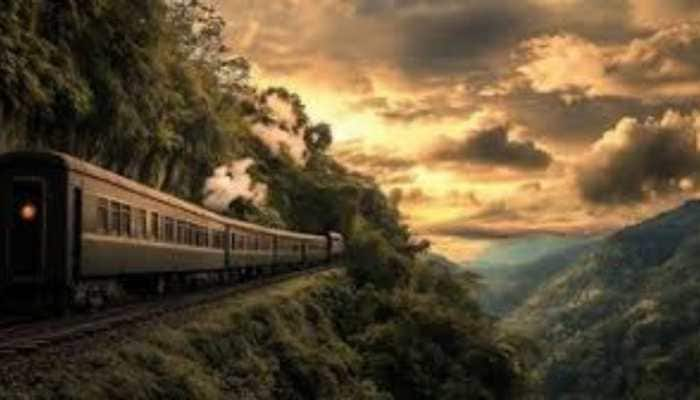Four massive rips in Earth's mantle under Tibetian plateau causing deadliest earthquakes
"The continental collision between the Indian and Asian tectonic plates shaped the landscape of East Asia, producing some of the deadliest earthquakes in the world."
Trending Photos
)
In a recent study, researchers have generated a model that provides a clear view of the geologic processes that occurred about 50 million years ago, when the Indian and Asian tectonic plates collided under the Tibetan plateau.
According to Xiaodong Song, a geology professor at the University of Illinois and co-author of the new study, "The continental collision between the Indian and Asian tectonic plates shaped the landscape of East Asia, producing some of the deadliest earthquakes in the world."
Song and his colleagues reveal that the upper mantle layer of the Indian tectonic plate appears to be torn into four pieces that dive under Asia -- each at a different angle and distance from the origin of the tear.
The team gathered geophysical data from various sources to generate seismic wave tomographic images of Tibet that extend roughly 160 kilometres deep.

''The presence of these tears helps give a unified explanation as to why mantle-deep earthquakes occur in some parts of southern and central Tibet and not others," Song said.
The intact regions of crust between the tears are strong enough to accumulate strain to generate earthquakes. The crustal areas above the torn regions are exposed to more of the heat from the mantle and are therefore more flexible, the researchers said.
"What was previously thought of as unusual locations for some of the intercontinental earthquakes in the southern Tibetan Plateau seem to make more sense now after looking at this model," said a graduate student and co-author Jiangtao Li.
''There is a striking correlation with the location of the earthquakes and the orientation of the fragmented Indian upper mantle," Li added.
The model also explains some of the deformation patterns seen at the surface, including a series of unusual north-south rifts.
Together, the earthquake locations and deformation patterns are evidence of a strongly coupled crust and upper mantle in southern Tibet, the researchers said.
Stay informed on all the latest news, real-time breaking news updates, and follow all the important headlines in india news and world News on Zee News.
Live Tv







)
)
)
)
)
)
)
)
)
)

